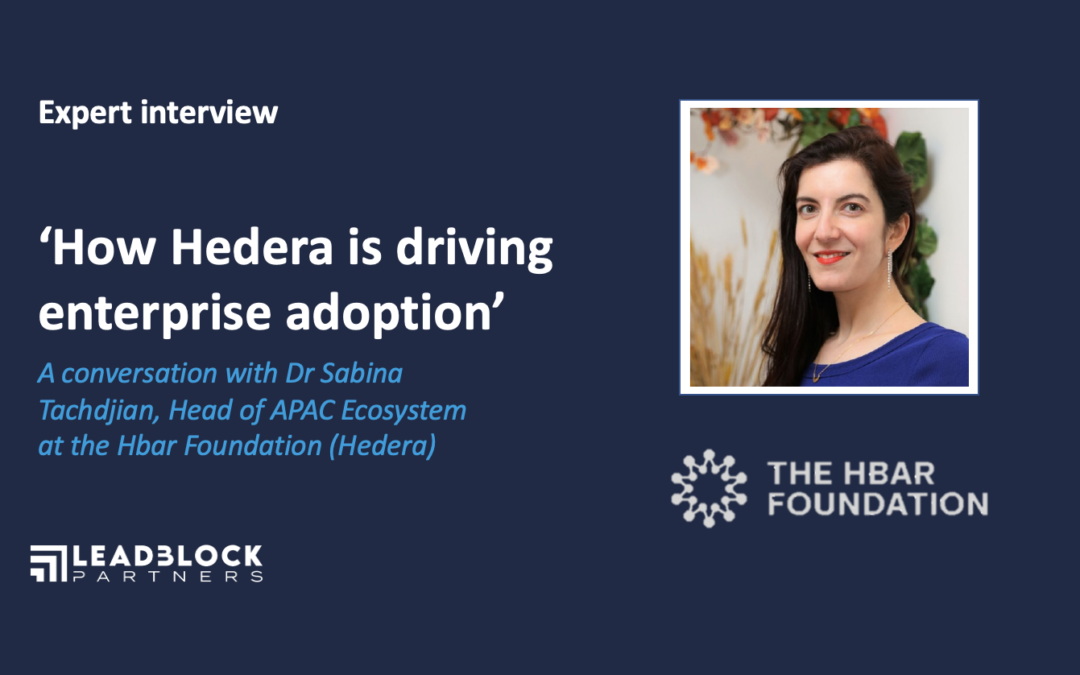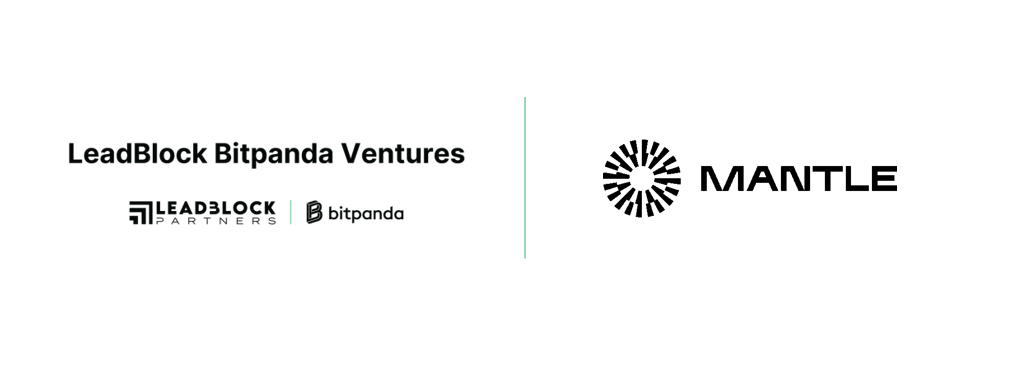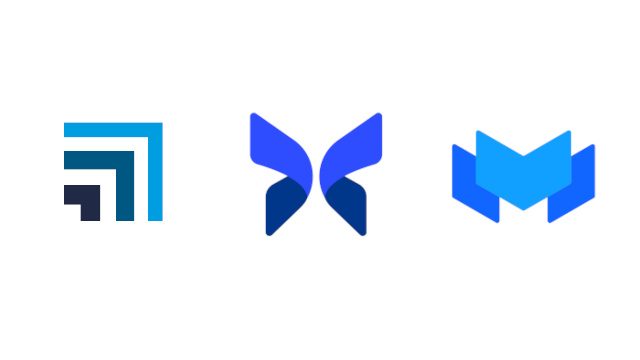Interview with Dr Sabrina Tachdjian (Head of APAC Ecosystem at the Hbar Foundation) for Enterprise Blockchain 2021 Report by LeadBlock Partners
-
Which of the recent projects launched on Hedera are you most excited about?
“Hundreds of implementations are either already launched or in development on the Hedera Hashgraph network so it’s tough to single out just a few! We’ve seen tremendous acceleration this year with the launch of our tokenization tool, the Hedera Token Service (HTS). Projects like DLA Piper’s security token issuance platform TOKO for high value assets ranging from real estate to art pieces are a great example of HTS’ versatility. I’m also excited about projects like SKUx which tackles the multi-billion dollar problem of retail coupon fraud by eliminating double spend while providing real time visibility into brands’ marketing campaigns. In the corporate segment our newest Governing Council member ServiceNow is powering digital transformation for their customers and using Hedera to secure and tokenize multi party business workflows. In the fintech space, micropayments platform Dropp takes advantage of Hedera’s high throughput and low fees to allow content publishers and service providers to offer micro services to their users. Imagine being able to charge for an article by the page and for API access by the call! This opens up previously untapped revenue streams which has the potential to create novel business models in a broad range of industries.”
-
What are the areas and themes which will drive enterprise adoption of the Hedera protocol in the future?
“Hedera Hashgraph is applicable to a plethora of verticals, and most recently, we have been experiencing high growth in 3 major areas. The first area is ESG, where Hedera and the Hbar Foundation have been working with other major industry players in the InterWork Alliance to standardize tokenization frameworks for carbon credits. As a result of this focus, dozens of ESG projects ranging from promising startups like DOVU to leading utility companies like EDF have chosen Hedera Hashgraph to tokenize carbon offsets or renewable energy credits and create more transparent marketplaces. The second area that is really taking off on our network is fintech, with our protocol being applied to CBDCs, stablecoins, financial asset tokenization, and micropayments. Lastly we are supporting an increasing number of projects in the NFTs/metaverse area, including in the enterprise space as brands and content providers rush to adapt to this emerging trend. Our NFTs support custom fees at the native level so issuers can build in royalties without having to rely on slower, more expensive smart contracts, and that’s been a game-changing feature for many projects building on Hedera.”
-
How do you see the protocol race shaping up?
“The protocol race is definitely heating up with a handful of major networks now competing for mass adoption, although I believe we are still relatively early in the game. If you look broadly at the blockchain industry, multiple layer 1 and 2 protocols are likely to coexist in the future, which is why the newly established Hbar Foundation is working to support intercompatibility with other widely used blockchain networks. Hashport, a Hedera-based utility that facilitates the movement of digital assets across networks, is a good example of this convergence.
For enterprise applications however, few public blockchains can truly scale as efficiently, securely, and affordably as Hedera Hashgraph. Our technology is adequately positioned to meet the demands of enterprise users: a high-throughput, low latency network providing aBFT-level security, with low and stable transaction fees that make perfect sense in real-world implementations. Hedera’s governance by a council of world-class entities such as Google and IBM also adds a level of transparency and reliability that is hardly matched in crypto. Hedera also meets the unique needs of enterprise users operating in regulated verticals by providing compliance features such as native-level KYC/AML for HTS. Another key differentiator is Hedera’s ultra low energy footprint: a recent academic study by UCL has determined Hedera Hashgraph to be the most energy efficient PoS DLT compared to major competitors. For all these reasons, Hedera Hashgraph is already the most utilized enterprise-grade public network with 1.8 billion transactions in the 2 years since mainnet launch, surpassing Ethereum. Going forward, fostering a large ecosystem around the Hedera Hashgraph protocol will be essential to sustaining growth by creating network effects that will accelerate adoption. As such the Hbar Foundation was endowed with billions of Hbar to support ecosystem expansion and to continue to give Hedera Hashgraph an edge in the enterprise space and beyond.”







